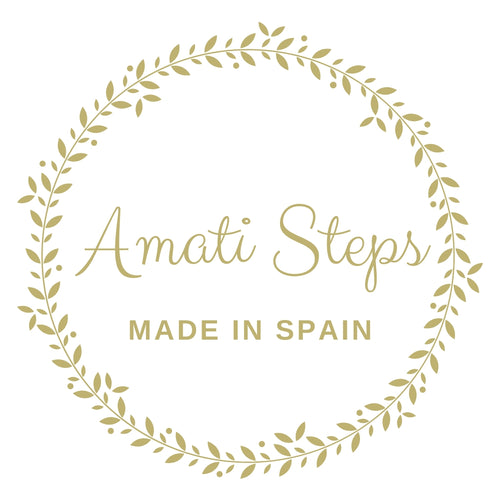Ballet flats, a timeless piece of footwear, have a rich and fascinating history. Their evolution spans centuries, from the soft slippers of 16th-century ballet dancers to the chic leather flats of today.
We will take you on a journey through the timeline of ballet flats. We'll explore key milestones, cultural influences, and the ongoing evolution of their design. Join us as we delve into the captivating evolution of ballet flats.
Origins and Early History
The story of ballet flats begins in the 16th century. They were inspired by the soft slippers worn by ballet dancers, designed for grace and flexibility.

As ballet evolved, so did the shoes. In the 1830s, ballerina Marie Taglioni popularized the heeled ballet shoe. This design was a departure from the flat shoes of medieval times that had influenced early ballet footwear.
The modern ballet flat shoes as we know it today was born in 1947. Designer Rose Repetto created them for her son, a ballet dancer, marking a significant milestone in the evolution of ballet flats.
The Rise of Ballet Flats in Fashion
Ballet flats stepped off the stage and onto the streets in the 1950s and 1960s. They became a symbol of chic, effortless style, largely thanks to Audrey Hepburn. Her use of ballet flats in the movie "Funny Face" (1957) contributed to their widespread popularity.
Leather ballet flats emerged as a durable and fashionable alternative to traditional fabric ballet shoes. The introduction of the round-toe design offered a comfortable and stylish option for everyday wear. Luxury fashion brands embraced ballet flats, leading to the creation of high-end leather ballet flats.
Modern Innovations and Variations
The evolution of ballet flats has seen the incorporation of various materials. Canvas, suede, and synthetic fabrics have all been used to create unique styles. Innovations in comfort, such as padded insoles and arch support, have been added to modern ballet flats.
The versatility of ballet flats has led to a range of designs. Pointed toes, embellishments, and straps are just a few of the variations available. Eco-friendly and sustainable practices have also influenced the production of ballet flats in recent years.
Ballet Flats Today: Cultural Impact and Trends
Ballet flats have transcended their initial function and are now a staple in both casual and professional wardrobes. They have been worn by iconic figures such as Brigitte Bardot, Princess Diana, and Michelle Obama. The minimalist aesthetic of ballet flats aligns with contemporary fashion trends focused on simplicity and functionality.
The impact of pop culture, including movies, television, and music, has kept ballet flats in the public eye. The resurgence of vintage and retro styles has contributed to the renewed interest in classic ballet flat designs. The future of ballet flats may include advancements in sustainable materials and ethical manufacturing processes.
Conclusion
The evolution of ballet flats is a testament to their timeless appeal and versatility. From their origins in the ballet studios to their status as a fashion staple, ballet flats have adapted to changing trends and needs. They have been embraced by luxury fashion brands, featured in numerous fashion shows, and worn by iconic figures, reflecting their enduring appeal in the fashion industry.
Looking ahead, the future of ballet flats is likely to continue to evolve with trends, incorporating new materials and designs. As they continue to merge elegance, comfort, and practicality, ballet flats remain a timeless piece of footwear that transcends seasons and trends.

